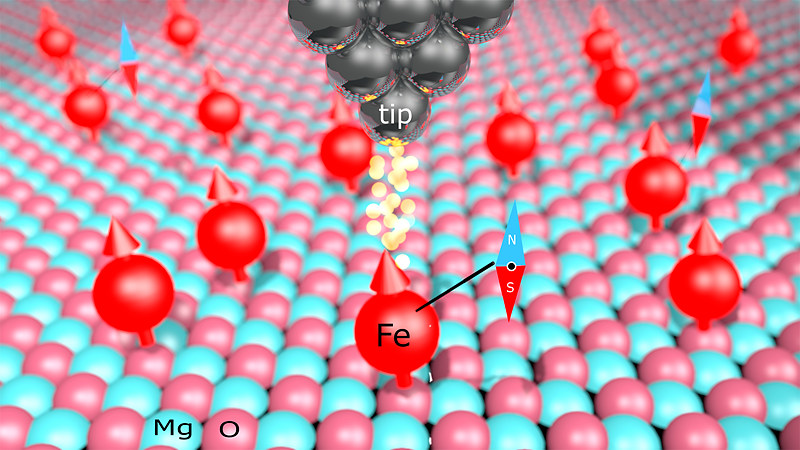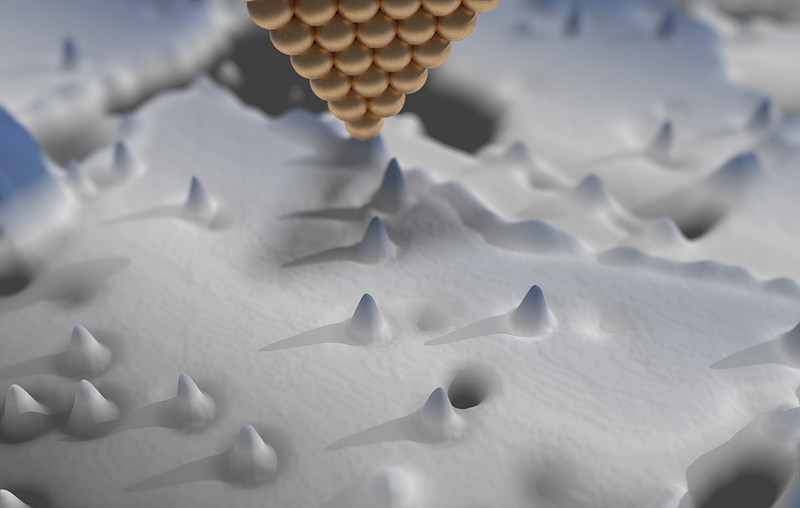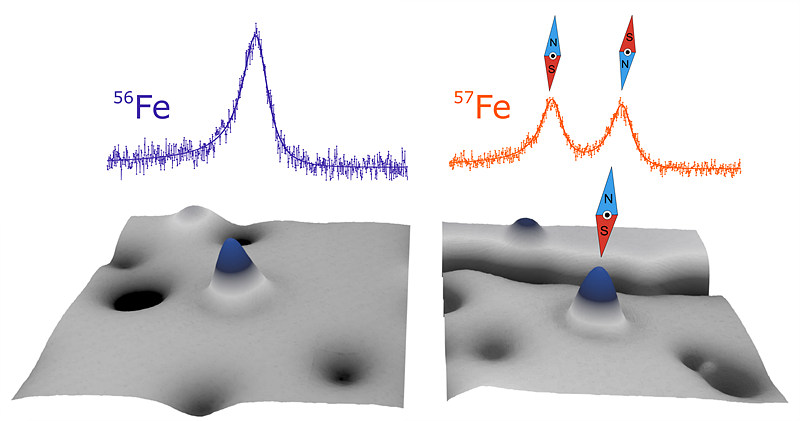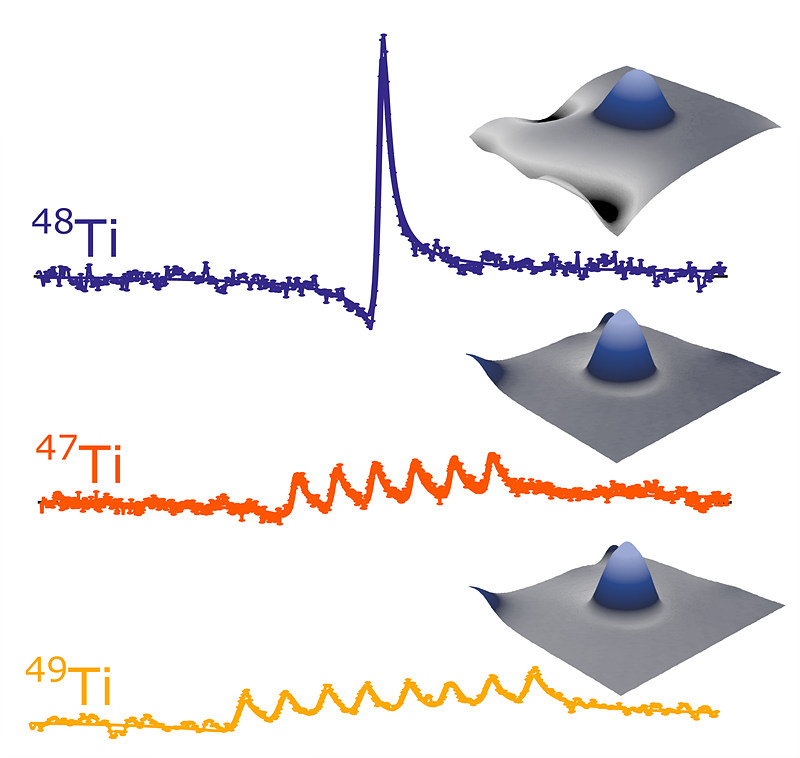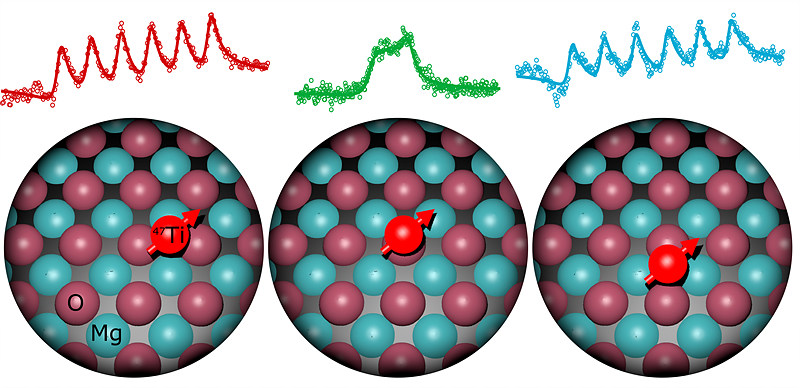주메뉴
- About IBS 연구원소개
-
Research Centers
연구단소개
- Research Outcomes
- Mathematics
- Physics
- Center for Theoretical Physics of the Universe(Particle Theory and Cosmology Group)
- Center for Theoretical Physics of the Universe(Cosmology, Gravity and Astroparticle Physics Group)
- Center for Exotic Nuclear Studies
- Dark Matter Axion Group
- Center for Artificial Low Dimensional Electronic Systems
- Center for Underground Physics
- Center for Axion and Precision Physics Research
- Center for Theoretical Physics of Complex Systems
- Center for Quantum Nanoscience
- Center for Van der Waals Quantum Solids
- Center for Relativistic Laser Science
- Chemistry
- Life Sciences
- Earth Science
- Interdisciplinary
- Center for Neuroscience Imaging Research(Neuro Technology Group)
- Center for Neuroscience Imaging Research(Cognitive and Computational Neuroscience Group)
- Center for Algorithmic and Robotized Synthesis
- Center for Genome Engineering
- Center for Nanomedicine
- Center for Biomolecular and Cellular Structure
- Center for 2D Quantum Heterostructures
- Center for Quantum Conversion Research
- Institutes
- Korea Virus Research Institute
- News Center 뉴스 센터
- Career 인재초빙
- Living in Korea IBS School-UST
- IBS School 윤리경영


주메뉴
- About IBS
-
Research Centers
- Research Outcomes
- Mathematics
- Physics
- Center for Theoretical Physics of the Universe(Particle Theory and Cosmology Group)
- Center for Theoretical Physics of the Universe(Cosmology, Gravity and Astroparticle Physics Group)
- Center for Exotic Nuclear Studies
- Dark Matter Axion Group
- Center for Artificial Low Dimensional Electronic Systems
- Center for Underground Physics
- Center for Axion and Precision Physics Research
- Center for Theoretical Physics of Complex Systems
- Center for Quantum Nanoscience
- Center for Van der Waals Quantum Solids
- Center for Relativistic Laser Science
- Chemistry
- Life Sciences
- Earth Science
- Interdisciplinary
- Center for Neuroscience Imaging Research(Neuro Technology Group)
- Center for Neuroscience Imaging Research(Cognitive and Computational Neuroscience Group)
- Center for Algorithmic and Robotized Synthesis
- Center for Genome Engineering
- Center for Nanomedicine
- Center for Biomolecular and Cellular Structure
- Center for 2D Quantum Heterostructures
- Center for Quantum Conversion Research
- Institutes
- Korea Virus Research Institute
- News Center
- Career
- Living in Korea
- IBS School
News Center
| Title | Breakthrough in Accessing the Tiny Magnet within the Core of a Single Atom | ||
|---|---|---|---|
| Embargo date | 2018-10-19 03:00 | Hits | 1615 |
| Press release | |||
| att. | |||
BREAKTHROUGH IN ACCESSING THE TINY MAGNET WITHIN THE CORE OF A SINGLE ATOMNew method enables identification of different isotopes atom by atom Researchers at the Center for Quantum Nanoscience (QNS) within the Institute for Basic Science (IBS) in South Korea have made a major scientific breakthrough by detecting the nuclear magnetism, or "nuclear spin" of a single atom. In an international collaboration with IBM Research, the University of Oxford and the International Iberian Nanotechnology Laboratory, QNS scientists used advanced and novel techniques to measure the nuclear spin of individual atoms on surfaces for the first time. Normally the nuclear spin, which describes the magnetism of the atom’s core, can only be detected in very large numbers. The findings, published today in the journal Science, show that this is now also possible for single atoms on a surface. To do that the team used a Scanning Tunneling Microscope at IBM Research, which consists of an atomically sharp metal tip and allows researchers to image and probe single atoms. The two elements that were investigated in this work, iron and titanium, are atoms that can have a different number of neutrons in the atom’s core, these are the so-called isotopes. Only certain isotopes of each element have a core with a nuclear spin. It is normally exceedingly hard to measure nuclear spins of individual atoms. Traditionally large numbers of nuclear spins are required, making this advancement so noteworthy. In order to detect the presence of a nuclear spin within the core of a single atom, the team made use of the hyperfine interaction. This phenomenon describes the coupling between a single atom’s nuclear spin and its electron counterpart, that is generally much easier to access. Dr. Philip Willke of the Center for Quantum Nanoscience (QNS), first author of the study, says: "We found that the hyperfine interaction of an atom changed when we moved it to a different position on the surface or if we moved other atoms next to it. In both cases, the electronic structure of the atom changes and the nuclear spin allows us to detect that." The researchers plan to use this sensitivity of the hyperfine interaction within the chemical environment as a quantum sensor. "Nuclear spins are already used for biological imaging in MRI machines in hospitals." says Dr. Yujeong Bae also of QNS, a co-author in this study. "Similarly, in our experiment the nuclear spin allows us to measure properties of the electronic structure of atoms and molecules that would otherwise remain hidden." In the longer term, researchers at QNS want to store information in the atom's nuclear spin. Last year, the same collaboration with IBM succeeded in storing, reading and writing a bit of digital information using the electron spin of only a single Holmium atom. In the same manner, nuclear spins could serve as bits at the subatomic scale. The team also plans to use their technique to test pathways for quantum computation. While still in early development, quantum computation promises to vastly outperform classical computers in tasks such as database management, search, and optimization. Nuclear spins are excellent candidates for these quantum bits, since they are well-isolated from the environment through the atomic shell, a requirement for quantum information devices. "I am very excited about these results. It is certainly a milestone in our field and has very promising implications for future research." says Prof. Andreas Heinrich, Director of the QNS. "By addressing individual nuclear spins we can gain deeper knowledge about the structure of matter and open new fields of basic research." The Center for Quantum Nanoscience, housed on the campus of Ewha University in Seoul, is a groundbreaking research center merging quantum and nanoscience to push the boundaries of human knowledge in basic research. Backed by Korea’s Institute for Basic Science, which was founded in 2011, the Center for Quantum Nanoscience researches the quantum-coherent functionality of atoms and molecules on surfaces; exploring the potential of the smallest building blocks that humans can use to create engineered quantum systems. Led by world-renowned physicist Andreas J. Heinrich (A Boy and His Atom, IBM, 2013), QNS is dedicated to bringing top scientists from around the world to their state-of-the-art facility in Seoul to conduct research that will unlock the secrets of the quantum universe.
Sketch of the setup. Single atoms are deposited on a surface of magnesium oxide. Some atoms naturally have a nuclear spin, a small magnet, in their core. They are imaged by the tip of a scanning tunneling microscope which also allows researchers to probe their electronic configuration. Philip Willke et al. Hyperfine Interaction of Individual Atoms on a Surface, Science (2018). Notes for editors - References - Media Contact - About the Institute for Basic Science (IBS) |
|||
|
|
|||
| Next | |
|---|---|
| before |
- Content Manager
- Communications Team : Kwon Ye Seul 042-878-8237
- Last Update 2023-11-28 14:20










